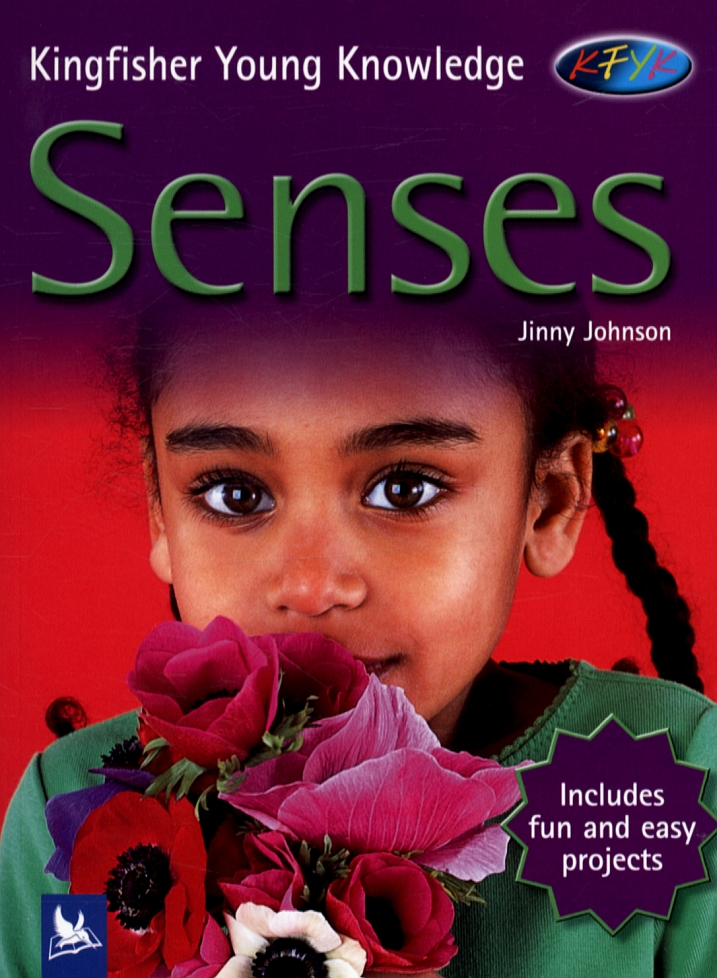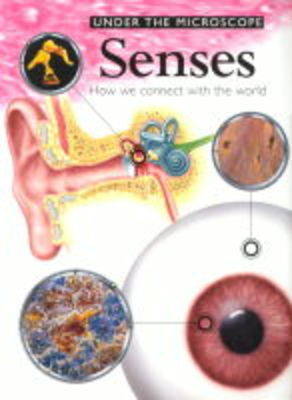Resources
Senses
This Nuffield 13 - 16 module is one for the start of the three-year programme. This B unit provided enough material for six double periods in the third year of secondary school (year nine). The teachers’ guide included six worksheets to supplement the students’ booklet...

Discover the world of science with this remarkable new series. Stunning photographs zoom in on intriguing details, while lively text explores the facts about familiar subjects. Fun projects provide plenty of...
In this Year 4 pupil's book children learn about the 3 main senses, hearing, touching and tasting as well as some other senses such as balance.
This item is one of over 25,000 physical resources available from the Resources Collection. The Archive Collection covers over 50 years of curriculum development in the STEM subjects. The Contemporary Collection includes all the latest publications from UK educational publishers.

Provides a close-up view of the human body and how it works. The result is a fascinating an memorable introduction to human biology.
This item is one of over 25,000 physical resources available from the Resources Collection. The Archive Collection covers over 50 years of curriculum development in the STEM subjects. The Contemporary Collection includes all the latest publications from UK educational publishers.
Sensing (Part One)
From the Technology Enhancement Programme (TEP), these circuits allow students to build a range of devices. Each circuit has a full circuit diagram, component list and explanation of how the circuit works. In this section, the circuits cover a range of devices that use...
Sensing (Part Two)
From the Technology Enhancement Programme (TEP), these circuits allow students to build a range of devices. Each circuit has a full circuit diagram, component list and explanation of how the circuit works. In this section, the circuits cover a range of devices that use...
Sensing circuits
These diagnostic questions and response activities (contained in the zip file) support students in being able to:
- Use the addition rule for p.d. in a series circuit to calculate the p.d. across components.
- Use the ratio rule for p.d. in a series circuit to calculate the p.d. across components...
Sensing Our World
The joy and challenge of building ‘cheap and cheerful’ sensors has a wide appeal to adults as well as children. It also opens a wide number of links to aspects of the mathematics, science, computing, design and technology, and engineering curricula, supporting scientific investigation and discovery. These...
